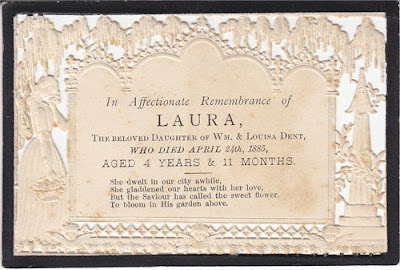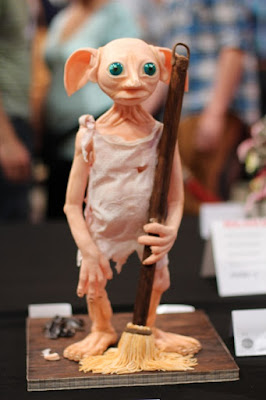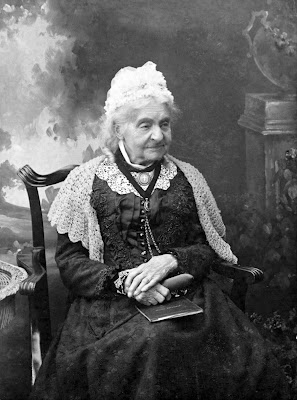On the 24th April 1888 my Great, Great
Grandparents suffered the loss of their daughter Laura. So how did they let
people know?
First some background.
Laura Dent was born around April 1880 in Wisbech,
Cambridgeshire. She was the 9th child of 11 born to William Thomas
Dent and his wife Louisa Dent nee Payling. William was a farrier and also ran
the Red Lion Inn on North Brink alongside Louisa. In total the couple had 3
sons and 8 daughters born between 1864 and 1884. They were Louisa 1864-1940,
William 1865-1945, Marion 1867-1937, Richard 1870-1877, Jane Ann 1871-1943,
Ella 1873-1959, Maud Mary 1875-1876, my great Grandma Eva 1878-1918, Laura
1880-1885, Myra 1882-1966 and George 1884-1887.
The family had already know tragedy as in 1877 they had lost
their son Richard aged 7 and their daughter Maud Mary in 1876 who was under 1
when she died. Loosing Laura would have been heart breaking for the family. She
was just short of her 5th birthday. Laura was buried in St Peter’s
churchyard on the 26th April 1888 alongside her siblings.
Laura’s parents announced her death in the Cambridge
Independent Press on the 02 May 1885 but by now she had been buried. Her family
had a funeral card produced to inform family and friends of her passing.
 |
| Funeral Card |
These would have been sent to members of the family who may
not have been able to travel to the funeral. Louisa, Laura’s mother was from
Long Sutton in Lincolnshire which although only 10 miles away may have meant
members of her family may not have been able to travel to the funeral. The card
would have given them a memento to remember little Laura with.
Now Laura’s card was typical of the time. Most cards were on
heavy card and embossed with a grave and a boarder. On the grave was the
information of the deceased along with some uplifting words or phrases intended
to offer solace to the recipient.
As time went on and printing techniques evolved the cards
became more elaborate. They would include a picture of the deceased and may
have gold lettering on black card rather than white card with black lettering.
As with everything the more elaborate to the card the more expensive they were.
As time went on the cards evolved into folded cards with
more information on and became more of an order of service for the funeral
along the lines of what some people have today.
So what use are the funeral cards to genealogy. Well to
start with they are a great insight into social history. They give an
indication into the times your ancestors lived in. The more plain the card the
earlier they are.
In terms of for genealogy they give an insight into the
financial situation of the family. A poor family would never have been able to
afford to spend money on funeral cards. So if you have a funeral card in the
family the deceased family must have had some wealth. Then the card itself can
indicate the level of wealth. The better the card, the more it costs so the
more wealth they had.
I know William and Louisa Dent had 2 businesses with the
farrier shop and the pub around the time Laura died and that this continued as
they also had cards made 2 years later when their son George died. There is no
card for the death of William Dent in 1900 but in 1911 when Louisa died she had
a folded card to announce her death and burial. Also other family evidence
indicates they were better off as in photographs I have of Laura’s sisters in
the early 1900 they were well dressed and in a nice garden setting.
So it may be just a small card announcing the death of a
little girl but the information beyond what is found on the card can give you
an insight into the family’s situation.






